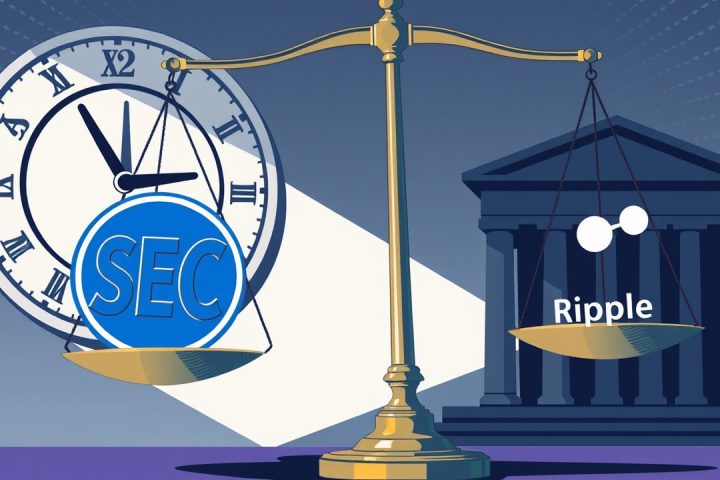Stablecoin Sector’s Investment in US Treasury Bills
In a remarkable development within the stablecoin sector, four major issuers currently hold approximately $182 billion in US Treasury bills. This substantial figure positions these companies just ahead of Norway, which has $195.9 billion in US Treasury holdings, while surpassing both South Korea and the United Arab Emirates in the Treasury Department’s global rankings.
Leading Issuers and Their Holdings
At the forefront of this group is Tether’s USDT, boasting an impressive $120 billion in Treasuries as reported in their first-quarter financial attestation. The company’s CEO, Paolo Ardoino, later disclosed to CNBC that their Treasury holdings have surpassed $125 billion and are still on the rise. Following Tether is Circle, whose May account evaluation revealed a total of $28.7 billion in Treasury bills and $26.5 billion in overnight repos, culminating in a solid $55.2 billion in backing for its USDC stablecoin.
Additionally, First Digital’s reserves for its FDUSD stablecoin, as of May 31, reached $1.665 billion, with a notable 78% invested in T-bills, roughly translating to around $1.3 billion. Meanwhile, Paxos’ PayPal USD (PYUSD) has utilized overnight reverse-repo agreements primarily backed by Treasuries, amounting to an outstanding $878 million, which equates to approximately $880 million in government debt.
Motivations Behind Treasury Investments
This conglomerate of stablecoin issuers’ enormous investment in Treasury securities is motivated by factors such as immediate liquidity due to the T-plus-zero settlement at clearing banks and attractive yields that have now crossed the 5% threshold. Tether has asserted that over 80% of its collateral consists of Treasuries, repos, and Treasury-exclusive money market funds, which significantly contributed to their $1 billion profit in the first quarter alone. Circle utilizes the BlackRock SEC-registered Circle Reserve Fund to manage its Treasury bills and repos, ensuring instant liquidation options in response to spikes in redemption requests.
Regulatory Landscape and Future Implications
Ardoino emphasized that the issuance of stablecoins fosters increased demand for US Treasury debt without drawing on the traditional banking system, placing Tether above notable countries like Germany, Spain, and the UAE.
Circle and Paxos have echoed similar sentiments in their policy documentation, underscoring that maintaining high liquidity standards is crucial for stability in turbulent market conditions.
On the regulatory front, policymakers in the US and Europe are exploring legislative measures that would confine reserve assets for stablecoins to cash and short-term Treasury securities, thereby reaffirming the existing framework but curtailing diversification into assets like gold or corporate bonds. The GENIUS Act, which recently progressed through the Senate, seeks to codify such restrictions. Moreover, Europe’s Markets in Crypto-Assets (MiCA) regulation explicitly prohibits commodities for euro-pegged stablecoins. While stablecoin executives contend that these prospective regulations align with their current asset management strategies, they caution that such concentration could leave stablecoin liquidity susceptible to fluctuations in Federal Reserve policies.




